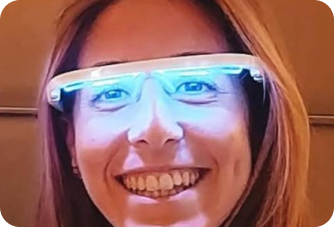Treatments
For sleep disorders
Cognitive-Behavioral Techniques for Insomnia (CBT-I)
A set of cognitive and behavioral techniques and strategies designed for the treatment of long-term insomnia. Evidence-Based Medicine studies show that they are the most effective techniques in many types of insomnia and should be the first therapeutic option.
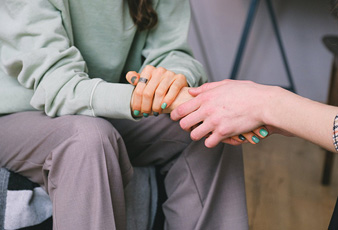
Pharmacology
In some clinical situations, pharmacological treatment (sleep inducers, antidepressants, anxiolytics…) can be of great help in short periods of time. Occasionally, pharmacological treatment is necessary. In any case, the decision of whether or not to use drugs, the type and doses will always be prescribed by the physician on a case-by-case basis.
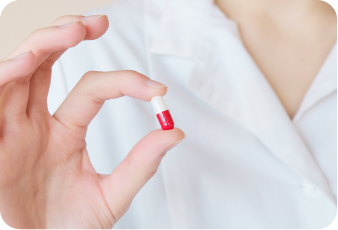

CPAP (Continuous Positive Airway Pressure)
Treatment of choice for severe OSAHS, although it can also be used in mild cases and roncopathy. It is a compressor that by means of continuous positive air pressure keeps the airway open, eliminating apneas/hypopneas and snoring. The patient sleeps with a nasal mask on throughout the night.
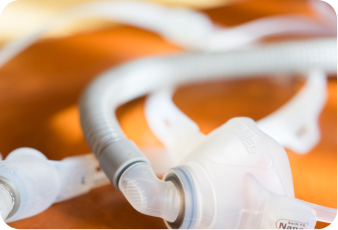

DAM (Mandibular Advancement Device)
It is a good treatment option in mild SAHS and snoring without apneas. The device consists of 2 intraoral splints that the patient uses only for sleeping, eliminating apneas/hypopneas and snoring by means of mandibular advancement.
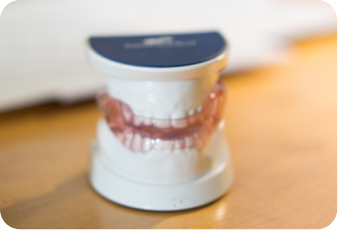

Psychological and pedagogical support



Workshop “Chasing Sleep»


Chronotherapy
A set of chronobiological techniques and strategies indicated for sleep disorders caused by circadian rhythm disturbances.


Phytotherapy
The treatment with phytotherapy aims to solve some disorders that cause insomnia by means of medicinal plants, always following the criteria derived from the studies of Medicine Based on Evidence (Medicine Based on Evidence).
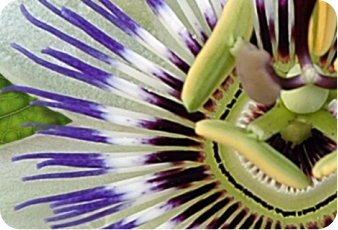

Phototherapy
Treatment by means of controlled light exposure (Phototherapy/Light Therapy) based on the knowledge of Chronobiology, especially effective in sleep disorders secondary to circadian rhythm alterations.
